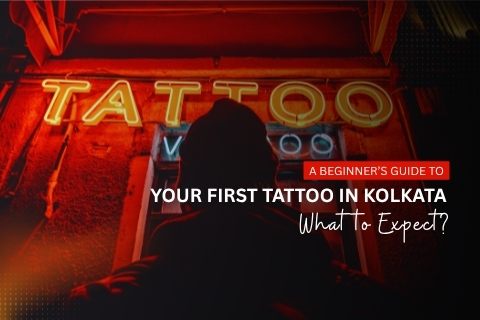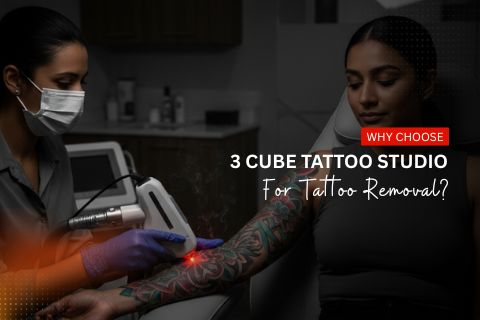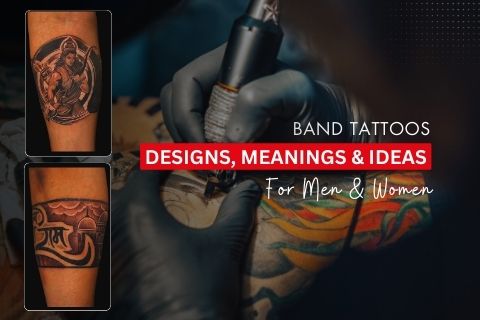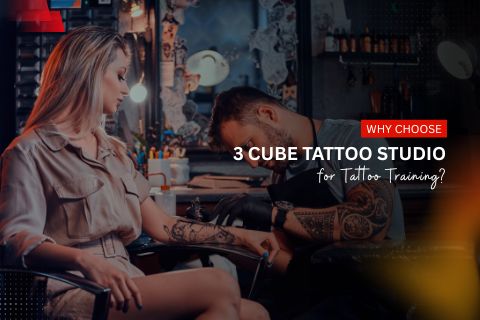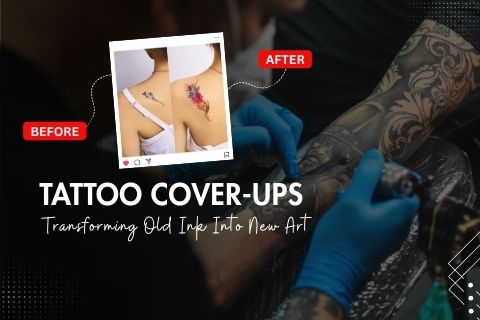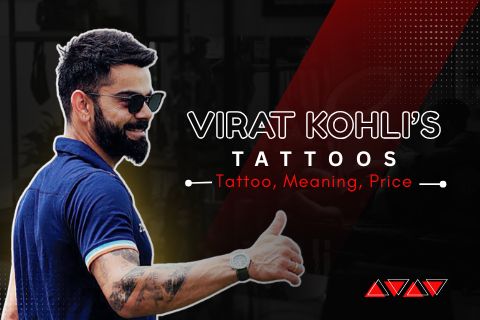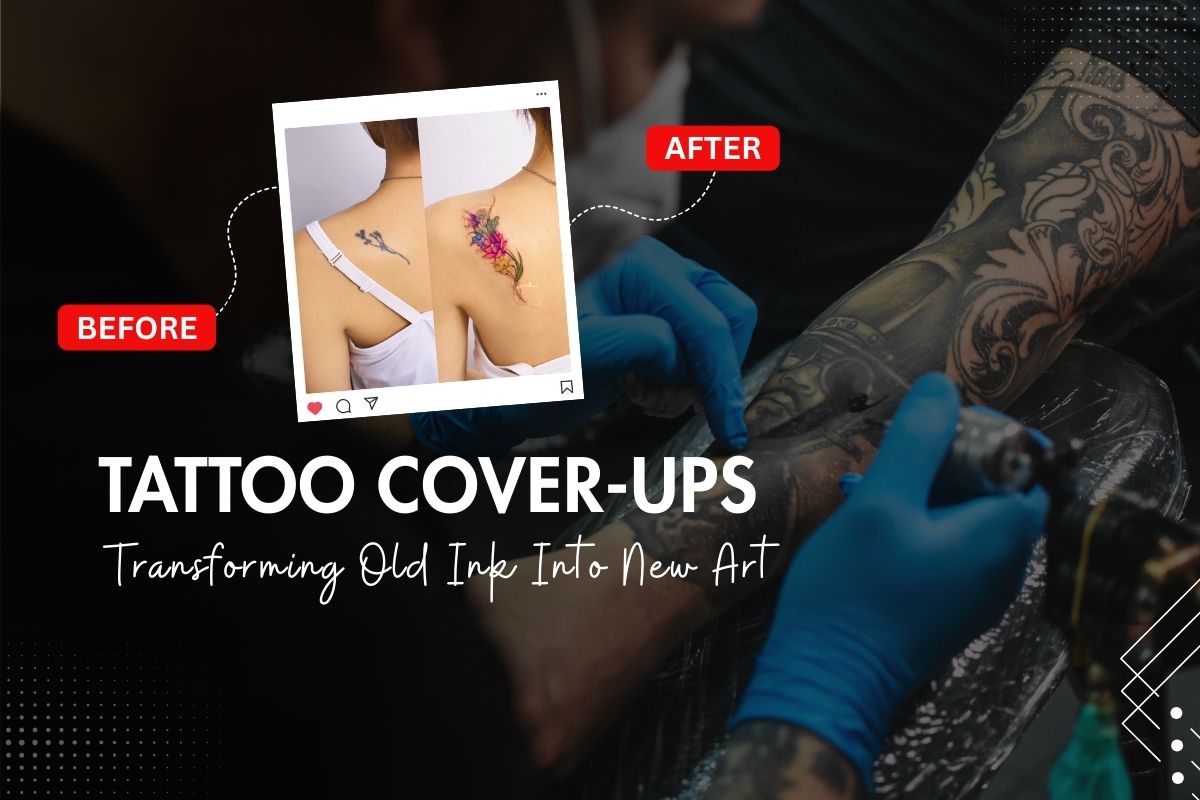
Tattoos are powerful forms of self-expression. Whether they represent personal milestones, cultural heritage, or artistic passion, tattoos hold deep meaning for many people. However, as life evolves, so too can our tastes, beliefs, and desires. Sometimes, what once felt like the perfect design becomes a reminder of something you no longer wish to carry. If you find yourself in this situation, don’t worry—tattoo cover-ups offer an amazing solution.
At 3 Cube Tattoo, we specialize in transforming old tattoos into stunning, meaningful works of art that are tailored to your current vision. A tattoo cover-up can do more than just hide old ink—it can reinvent your personal expression. In this detailed guide, we’ll explore everything you need to know about tattoo cover-ups, from why they’re a popular option to the detailed process involved. Let’s dive into how a tattoo cover-up can help you take your ink to the next level.
Why Consider a Tattoo Cover-up?
While tattoos can carry immense significance, they can sometimes fall short over time. Whether due to regret, fading, or simply outgrowing a design, many people turn to cover-ups as a way to start fresh. Below are some of the most common reasons why people opt for a tattoo cover-up:
1. Tattoo Regret
Tattoo regret is one of the most common reasons people seek out cover-ups. Whether it’s an ex-partner’s name, a poorly thought-out design, or something that no longer aligns with your identity, regrets happen. While laser removal can be an option, it’s not always effective or affordable. A tattoo cover-up is often a quicker, more artistic solution to permanently hiding a regrettable tattoo.
2. Faded or Blurred Ink
Tattoos naturally fade over time, especially those that were done with lighter colors or on areas of the body exposed to the sun. Old tattoos can also blur due to aging skin or improper aftercare. When tattoos lose their vibrancy or become less distinct, they can leave behind a look that’s far from the original design’s intention. A well-done cover-up not only hides the faded ink but revives the area with bold, vibrant new artwork.
3. Poor Design or Execution
Sometimes, the design itself or the execution of the tattoo may not meet your expectations. This can happen for a variety of reasons—perhaps you rushed into getting it, or you didn’t realize the artist didn’t specialize in your desired style. If your tattoo has uneven lines, poor shading, or distorted proportions, a cover-up can transform that mistake into something beautiful, fixing those issues while also enhancing your skin with a more refined piece of art.
4. Life Changes
As we grow, so do our perspectives. A tattoo that was meaningful at one point in your life might no longer resonate with your current beliefs, interests, or aesthetics. It’s common for people to get tattoos that reflect a certain life phase, but as time passes, they might feel disconnected from that phase. A tattoo cover-up allows you to reimagine the space on your body with new, more relevant art that represents your current self.
5. Correcting Unwanted Themes
In some cases, tattoos may take on unintended meanings over time. Maybe you had a tattoo that seemed cool or trendy, but as you’ve matured, you now see that it doesn’t represent who you are. Additionally, some tattoos, if poorly researched, might have culturally insensitive or offensive connotations. A cover-up gives you the chance to move past these associations with a fresh design that carries more personal or positive significance.
The Tattoo Cover-up Process: What to Expect
A tattoo cover-up is a delicate art form that requires a skilled and experienced tattoo artist. It’s much more than simply slapping new ink over old designs. The process involves careful planning, creativity, and expert tattooing to ensure the new design not only covers the old tattoo but enhances the area with a beautiful, seamless piece of artwork. Here’s a step-by-step breakdown of what to expect during the cover-up process:
1. Consultation: Your Vision & Expectations
The first step in the cover-up process is a consultation with your tattoo artist. At 3 Cube Tattoo, we take the time to understand your vision, your reason for wanting a cover-up, and your preferences. This is an essential part of the process, as it helps us design something that aligns with your desires. During the consultation, you’ll discuss:
- The old tattoo’s size, shape, and color.
- The type of design you envision for your cover-up.
- Any specific artistic styles you prefer (e.g., black and gray, realism, traditional, geometric).
- Placement and size of the new tattoo.
At this stage, our artists will examine the tattoo that’s being covered and assess how best to conceal it. This helps us understand whether certain areas need more work than others and what design elements will work best in hiding the old ink.
2. Designing the Perfect Cover-up
Once we have a clear understanding of your vision, the next step is designing the tattoo cover-up. Designing a cover-up can be a more intricate process than a typical tattoo. We take several factors into consideration to ensure the best possible outcome:
- Size and Shape: The design for a cover-up often needs to be larger and more complex than the original tattoo to effectively mask it. Depending on your existing tattoo, we may need to design something that uses negative space or geometric elements to create a harmonious balance.
- Dark Colors: Darker inks, such as blacks and deep shades of gray, are often used in cover-ups because they can effectively conceal the old tattoo. These colors also help to create depth and dimension, making it easier to hide any unwanted outlines or fading from the old ink.
- Complexity: Intricate, detailed designs such as floral patterns, mandalas, or tribal elements are ideal for cover-ups. The added complexity distracts from the underlying tattoo, giving it a fresh new look while maintaining artistic integrity.
Our skilled artists at 3 Cube Tattoo will collaborate with you to make sure the final design not only covers your old tattoo but also fits your current tastes and aesthetic preferences.
3. Tattooing: The Transformation Begins
Once the design is finalized, we’ll begin the tattooing process. Cover-ups often take longer than traditional tattoos because the artist needs to carefully layer the new design over the old tattoo, ensuring complete coverage and blending the two designs seamlessly. During this process, your artist will work to build up the necessary layers of ink, using techniques such as shading, line work, and color layering to ensure the old tattoo is completely concealed.
Because of the nature of the process, some cover-ups might require more than one session, especially if the original tattoo was large or particularly complex.
4. Healing and Aftercare
After your cover-up tattoo is completed, proper aftercare is crucial to ensure the best possible result. Because cover-ups often involve multiple layers of ink, the healing process can take longer than a typical tattoo. Here's what to expect:
- Keep it clean and moisturized: Follow the aftercare instructions provided by your artist carefully. This typically involves cleaning the tattoo with mild soap, applying ointment, and avoiding scratching or picking at scabs.
- Avoid direct sunlight: Sun exposure can cause tattoos to fade faster, so it's essential to keep your new tattoo out of direct sunlight while it heals.
- No tight clothing: If your cover-up tattoo is on an area of your body that experiences friction, such as your arms or torso, make sure to wear loose clothing to prevent irritation.
Patience is key during the healing process. The new ink will need time to settle into your skin and fully heal, revealing a vibrant, fresh tattoo.
Tips for a Successful Tattoo Cover-up
While a cover-up is a great way to breathe new life into old ink, there are a few key things to keep in mind to ensure the best possible result:
1. Choose an Experienced Artist
Cover-ups require specialized skills. Not every tattoo artist is adept at cover-ups, as it demands a high level of creativity and precision. At 3 Cube Tattoo, our artists are seasoned professionals who specialize in cover-ups and are highly experienced in transforming old tattoos into new, dynamic designs.
2. Be Open to Larger Designs
Most cover-ups require larger designs to completely hide the original tattoo. Be prepared for your new tattoo to be bigger than your previous one. Larger tattoos allow more room for artistic details, ensuring your new design flows seamlessly and covers the old tattoo without looking forced.
3. Consider Your Design Style
Certain styles work better than others for cover-ups. Dark, bold designs, such as those in the traditional, neo-traditional, or black-and-gray styles, tend to work best for hiding old tattoos. Be prepared to explore styles that can provide ample coverage.
4. Give It Time
A tattoo cover-up is a process that may take more than one session to complete, especially if the original tattoo is large or complicated. It’s essential to be patient and let the artist take the necessary time to ensure a high-quality result.
Conclusion
A tattoo cover-up is a powerful way to reclaim your body art, transforming old, regrettable ink into something fresh and beautiful. At 3 Cube Tattoo, we specialize in creating custom cover-ups that are tailored to your unique style and preferences. Whether you're dealing with fading tattoos, poor designs, or life changes, our skilled artists are here to help you turn your old ink into a stunning new masterpiece.
Once you choose a design and get a tattoo done, follow the aftercare tips to get the tattoo healing fast and correctly.
If you're ready to reimagine your tattoo and take the next step in your body art journey, contact us at 3 Cube Tattoo today to schedule your consultation. Let us help you create the tattoo you’ve always wanted!

